The Four Most Common UK Nutritional Deficiencies
We usually associate the idea of nutritional deficiencies with poor countries, but here in our land of plenty, there are at least four nutrients that many people lack.
Some fall short due to their unhealthy diets, others because of unusual dietary choices, and others still owing to health conditions that are becoming relatively common.
These nutrients are calcium, vitamin D, magnesium and iron. In this blog, we intend to underscore their importance.
Calcium: Deficiency and Sources
Calcium is one of the most important minerals, of which we also need the largest daily intake. It is necessary to develop and maintain strong bones and teeth, to develop normal muscle and nerve function, and to maintain healthy blood pressure.
Because we can’t produce calcium naturally, we must get the mineral from the food we eat each day.
The most common symptoms and consequences of calcium deficiency are tingling sensations in your face, hands and feet, weak and brittle bones, involuntary muscle contractions, wild fluctuations in blood pressure, irregular heartbeats and an increase in heart rate.
Those who are vitamin D deficient, have coeliac disease, osteoporosis, kidney disease or hypothyroidism, are postmenopausal or breastfeeding, and those who consume plenty of animal products and cow’s milk, are all at an increased risk of a calcium deficiency.
This last group constitutes a significant percentage of the population.
To overturn a common myth, cow’s milk is NOT a good source of calcium, as scientists have proven that the excretion of calcium in your urine and your risk of osteoporosis increase with the amount of animal proteins you consume. To enjoy the benefits of sufficient calcium, your body should store it, not excrete it.
Many green vegetables are particularly rich in calcium. These include kale, spinach, collard greens, bok choy and broccoli. Pulses and their derivatives like soya, tofu, edamame and white beans are equally good.
If you eat seafood, try sardines, salmon and shrimp. Oranges and figs are the best fruits.
Vitamin D: Deficiency and Sources
Without vitamin D, your body cannot absorb and use calcium. As with calcium, a shortfall can make you seriously ill or even kill you.
As those with vitamin D deficiency are probably short of calcium too, many of the symptoms of vitamin D deficiency are similar to those of calcium deficiency. They include bone pain, brittle and soft bones, muscle weakness, cardiovascular disease, cognitive impairment and asthma.
Those with insufficient levels of vitamin D are also more likely to be depressed, which explains the ‘winter blues’ with which so many people struggle.
Those who spend very little time outdoors in direct sunlight are at risk of vitamin D deficiency. This includes almost the entire British population between October and March. If you work indoors between 11 AM and 3 PM, you don’t get enough sun during the summer either. Those who eat mostly raw food and shun artificially fortified foods are also at risk.
Dark-skinned people and the elderly may fall short, because their bodies produce substantially less vitamin D in response to sunlight. What’s more, vitamin D’s fat solubility makes it more likely that those who are obese or struggle with food allergies may lack it.
As of 2016, Public Health England recommend that all UK residents use a supplement during autumn and winter.
Your body produces vitamin D in response to sunlight. 20 minutes of direct sunlight on your bare skin per day should be enough. Since this is very difficult to achieve during winter, you may need to obtain your vitamin D via a supplement or fortified food.
Many brands of bread, cereal and soy products are fortified. A good vitamin D supplement, however, is the best way to ensure that you receive a sufficient daily amount.
Magnesium: Deficiency and Sources
Magnesium has some of the same health effects as calcium. It helps to build and maintain strong bones and teeth, plays a vital role in muscle relaxation, facilitates communication between nerves and muscles, activates hundreds of enzymes with numerous functions, and helps with metabolism.
If you suffer from magnesium deficiency, you may experience muscle spasms, muscle cramps and involuntary movements. This is because your muscles are in a permanent state of contraction – including your heart muscle, which leads to irregular or fast heart rate.
You may also struggle with weak bones and bone fractures, irritability, anxiety and impaired cognitive function. Since magnesium play such a large role in so many bodily functions, the other symptoms of a magnesium shortage are still poorly understood.
Those who consume plenty of dark coloured sodas may be magnesium deficient, as the phosphates they contain bind to magnesium in the digestive tract, making it unavailable for use. Excessive stress and intake of caffeinated, diuretic drinks also contribute.
If you consume significant amounts of sugar, you may also be magnesium deficient, as researchers have found that sugar and the insulin it triggers increase the amount of magnesium excreted in your urine. Seniors’ bodies also seem less efficient at absorbing it.
The depletion of magnesium from our soil has led many experts to wonder whether it is possible to get sufficient magnesium from our diets. As with calcium, you must obtain it from plant sources, as your body tends not to store the magnesium found in milk.
Spinach, Swiss chard, potato with skin, and okra are good vegetables, especially if you can find organic varieties. Soya products are particularly nutrient-rich, with edamame, tempeh, soya nuts and tofu leading the pack. Other pulses like peas and lentils are great. Brazil nuts, sunflower seeds, almonds, pine nuts and cashews are healthy treats.
Quinoa also contains some magnesium, if you want to make a grain bowl. Eat as many of these as possible, as the amount of magnesium in each plant source may have been reduced due to poor soil.
Iron: Deficiency and Sources
Your body uses iron to produce a protein called haemoglobin, which carries oxygen in your blood to all the tissue that needs it. An iron deficiency is called anaemia.
The most common symptoms of iron deficiency are extreme fatigue, weakness and dizziness, which signal that many cells throughout the body are struggling without oxygen. A tingling feeling, especially in your legs, is the normal sign that your nerves are affected.
Pale skin and cold extremities, such as hands and feet, indicate a lack of sufficient blood flow. When your heart rate accelerates and you start experiencing headaches, you need to see a doctor.
Women who menstruate heavily may need to fill up on iron for a few days a month. Since iron is particularly crucial during times of development and growth, pregnant women and growing children might also fall short of meeting their needs.
If you have a stomach ulcer or some other cause of internal bleeding, you must pay special attention to dietary iron ore supplements. The same holds for those with coeliac disease.
Sprinkle pumpkin, sesame, sunflower and flax seeds on everything. Cashews and pine nuts are also good. Spinach, turnip greens and Swiss chard are the green vegetable stars. Lentils, white beans and soya products contain some iron too.
Stock up on whole grains like quinoa and oatmeal. If you eat meat – which you should keep to a minimum because of its acidic effects – you can obtain it from beef, liver, chicken and oysters.
Skip Refined Processed Food for Better Health
If you eat a lot of processed bleached flour, refined sugar, refined salt and products that contain plenty of these, you are an ideal candidate for nutritional deficiencies because none of these foods contain many nutrients. That is the tragedy of our 21st-century diet; it contains plenty of food but precious few nutrients!
One product you may be interested in is Maximum Vibrance. A green superfood powder, it contains mostly concentrated alkalising vegetables and fruits and is packed with antioxidants, vitamins and minerals.
There are over 120 ingredients in total, with each serving yielding 20g of plant protein and 1,000 i.u. of vitamin D from lichen oil (250% of your RDA). Maximum Vibrance also boasts 25 billion probiotics from 12 different strains, 10% of your daily calcium and magnesium, and 50% of your daily iron.
Insofar as any one product can be termed an all-in-one, Maximum Vibrance certainly fits the bill.
Conclusion
Some people fall short of nutrients due to their unhealthy diets, others because of unusual dietary choices, and others still owing to health conditions that are becoming relatively common.
The aim, as ever, should be to eat good natural food – plenty of leafy green vegetables, nuts and seeds, as well as weekly servings of fatty fish for their omega-3 content.
Follow a sensible eating plan and you’ll avoid the nutritional deficiencies which affect so many. When it’s sufficiently packed vitamins, minerals and antioxidants, food really is the best medicine!
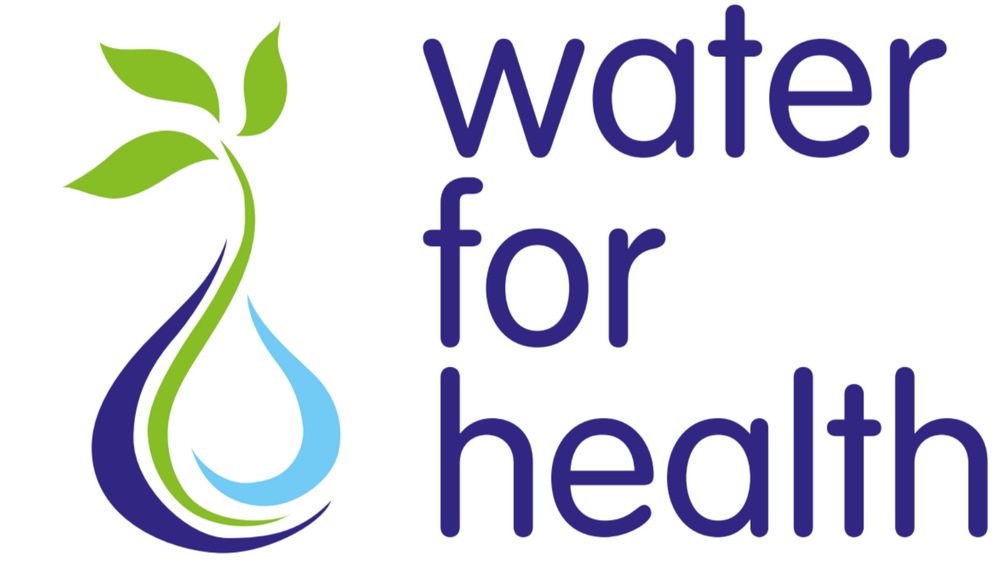




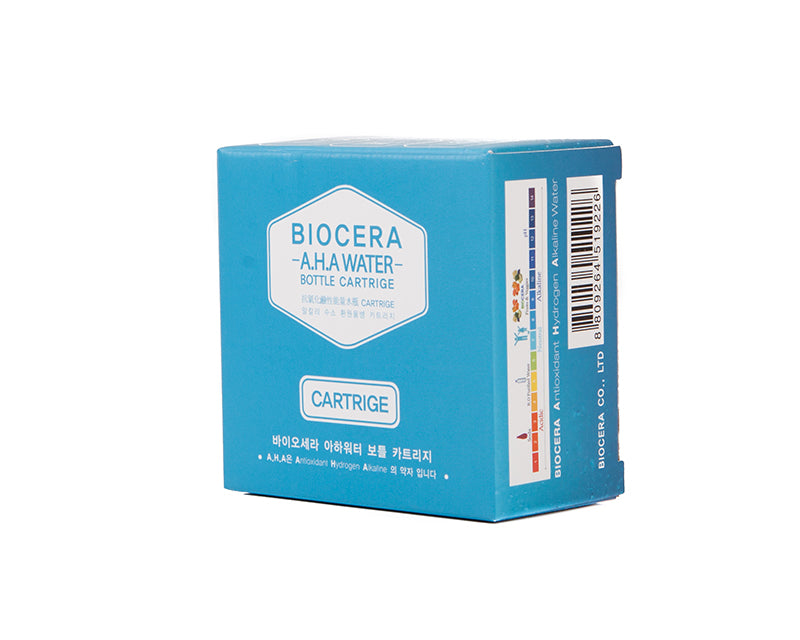


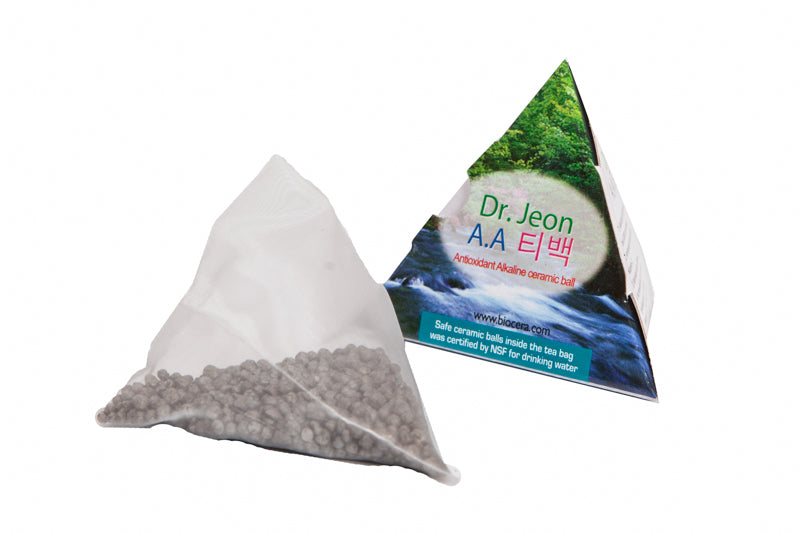



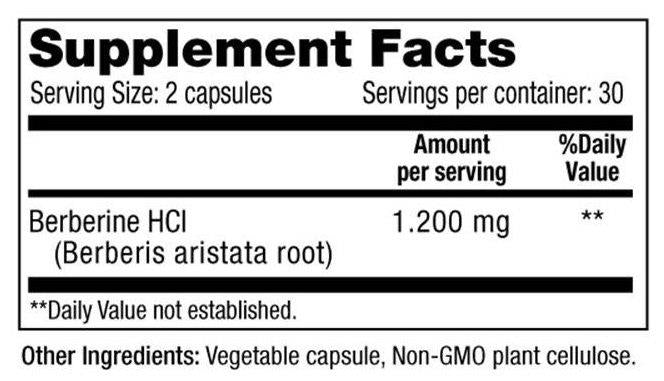

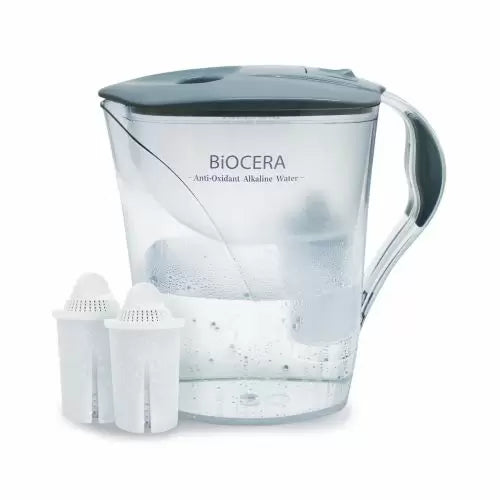


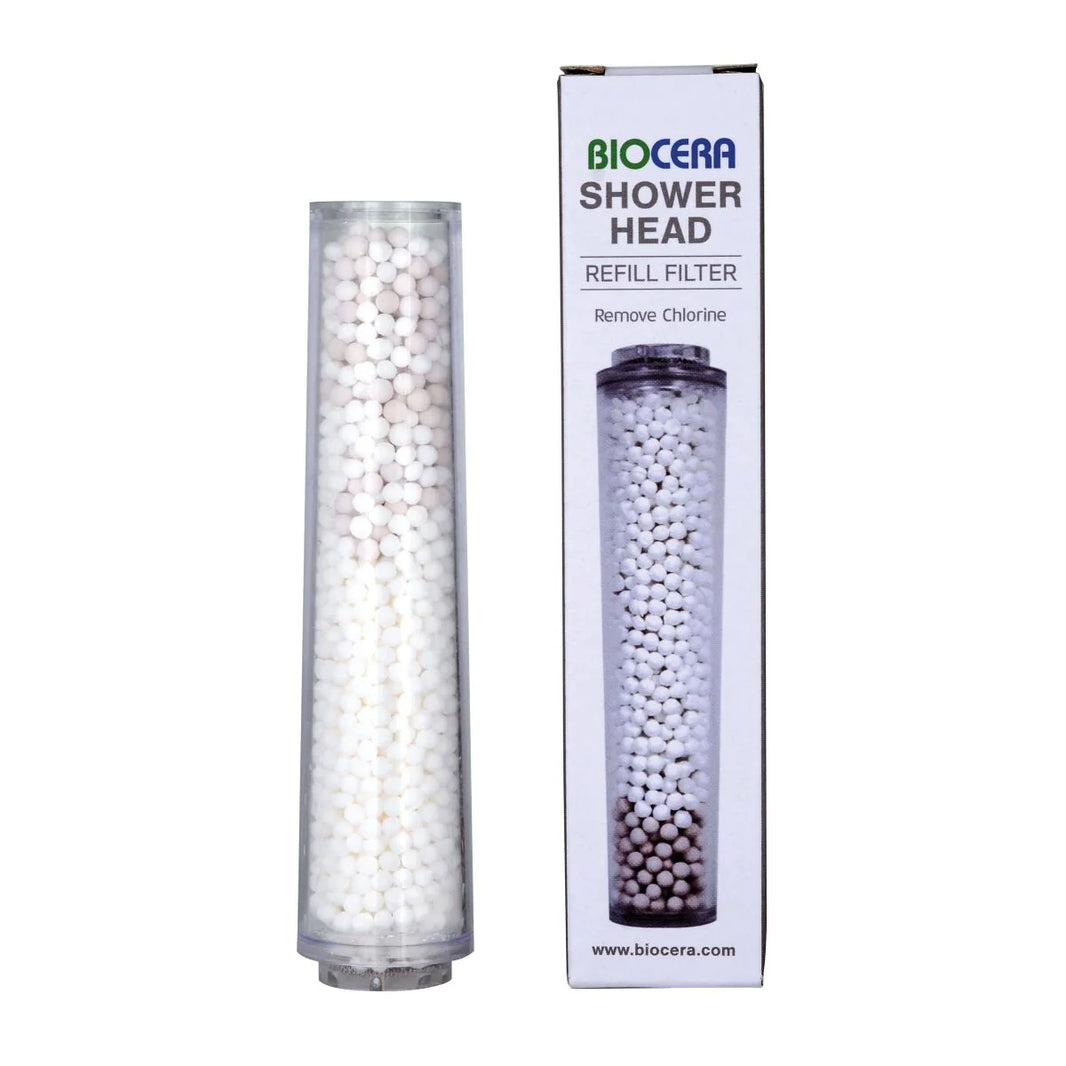






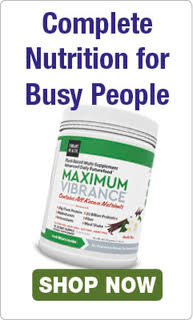
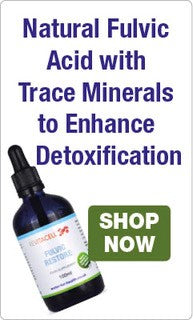

Leave a comment